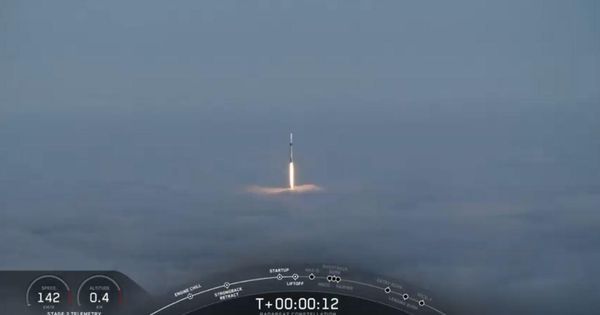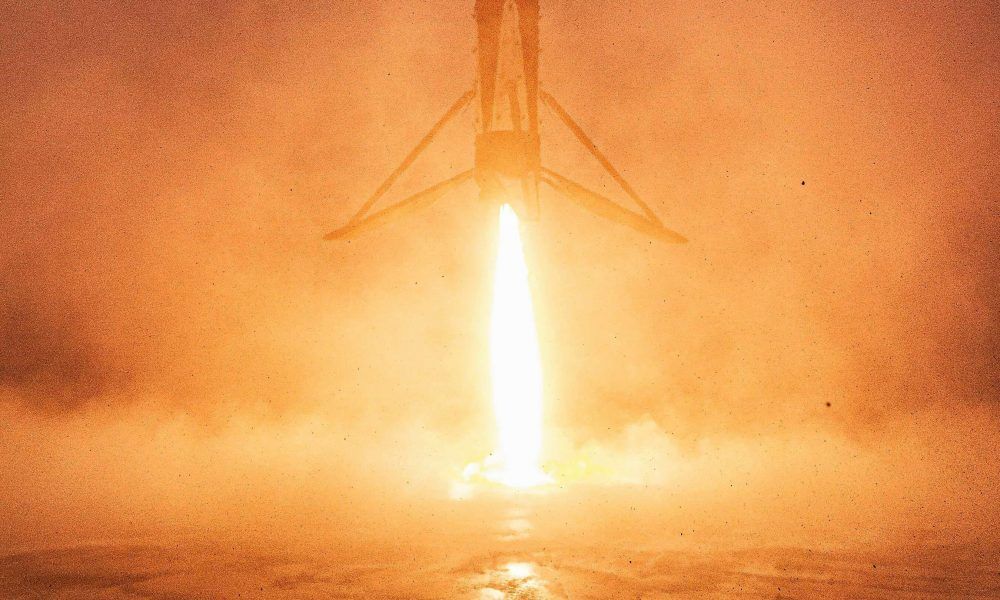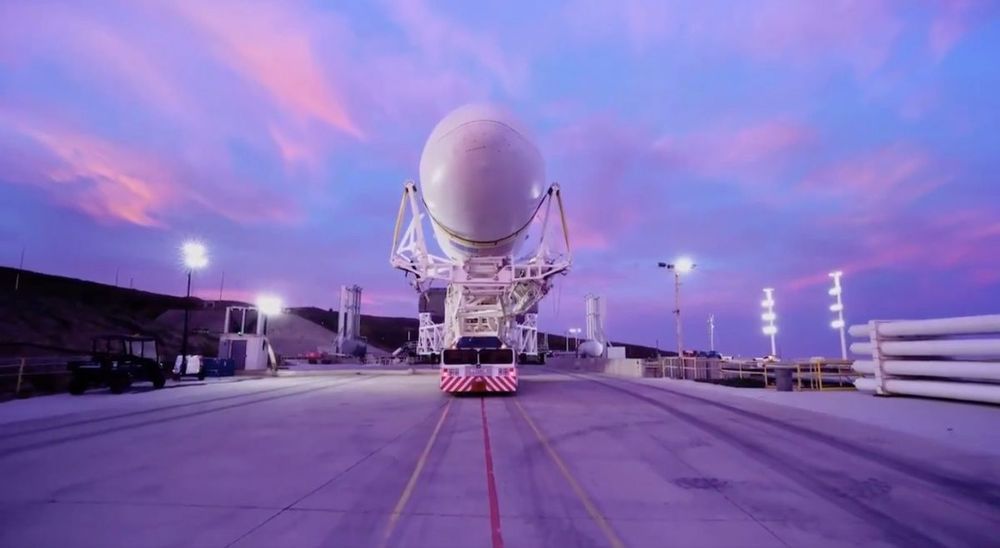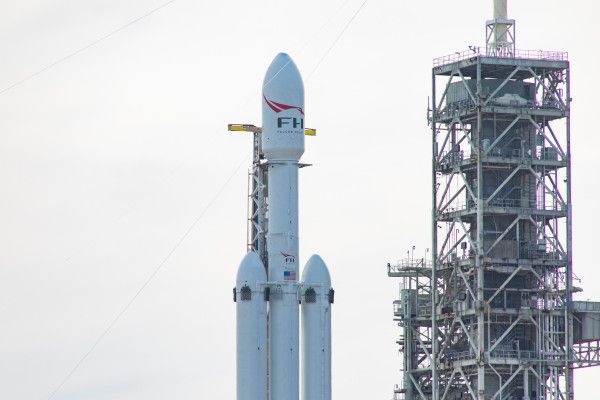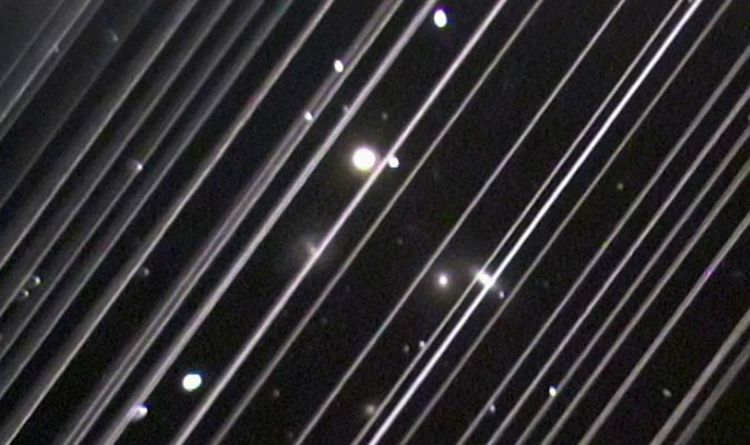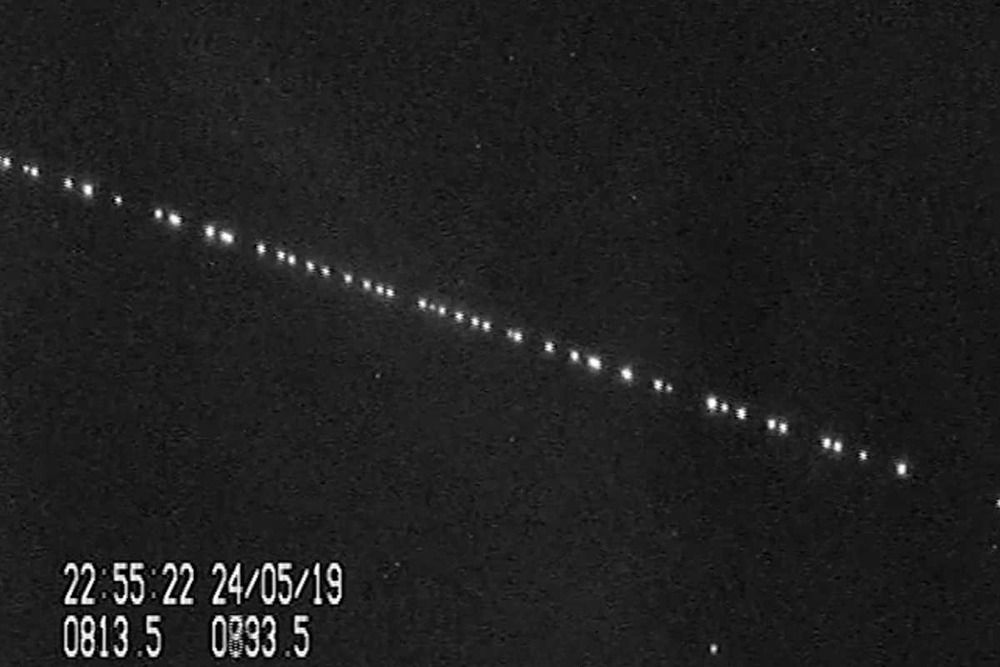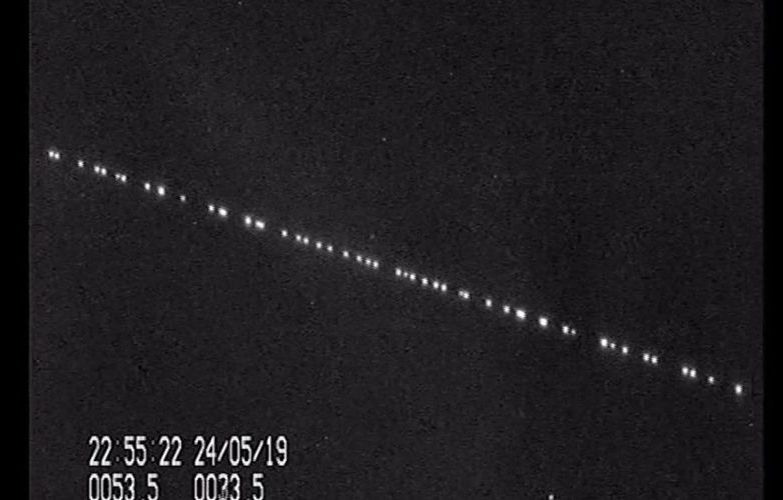SpaceX has successfully launched a rocket carrying three Canadian satellites into orbit, the company’s seventh launch of the year.
At 7.17 A.M. Pacific time today, SpaceX’s Falcon 9 rocket lifted off from the Vandenberg Air Force Base in California. About eight minutes after launch, the first stage of the booster touched down at the company’s Landing Zone 4 near the launch site – only the second ever landing here.
This was also the second time this booster had launched, having gone to space previously on the historic first uncrewed demonstration mission of the Crew Dragon spacecraft in March this year. That mission launched from Cape Canaveral in Florida, whereas this was SpaceX’s 15th ever launch from Vandenberg of their 79 total launches.
